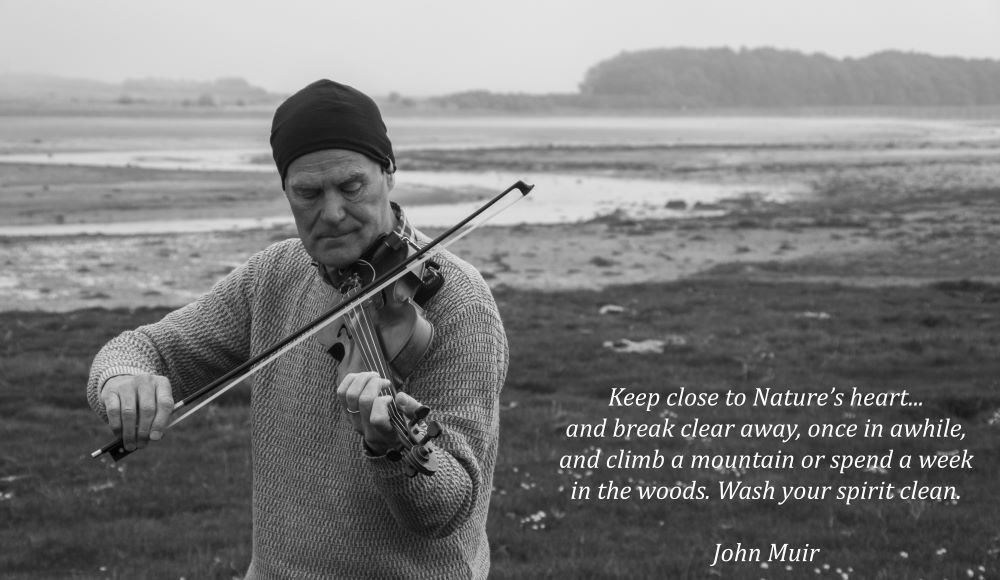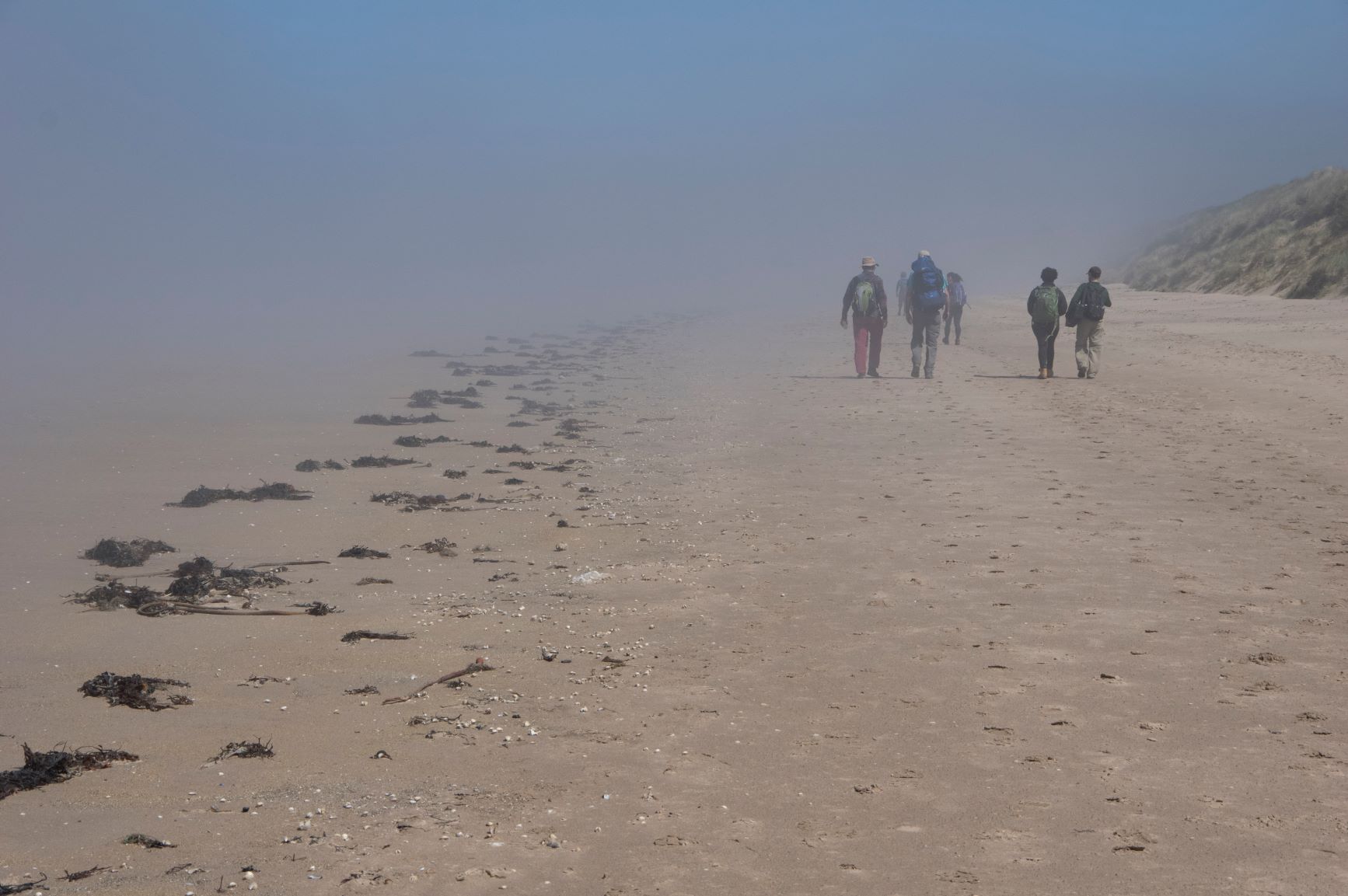
In this post Glen Cousquer, lecturer and coordinator of the MSc and MVetSci programmes in One Health and Conservation Medicine and recipient of the Social Responsibility and Sustainability Changemaker Award, contemplates on the relationship between practising mindfulness and teaching about complex and transdisciplinary issues, like sustainability. How might “slowing down” enable a more generous understanding of these issues and expand our commitment to them?
In seeking to apprehend and appreciate the wood for the trees, there is a need to consider what this might involve. How does one see the wood? Where does one begin? And how might this relate to the health and wellbeing of patients, communities and ecosystems?
This, perhaps more than any other, is the conundrum that lies at the heart of the challenge of integrating sustainability and systems thinking into our learning and teaching. It is also central to the work of health professionals seeking to develop collaborative approaches to complex health challenges whose very causes are rooted in a much neglected and pillaged, creaking planetary ecosystem.
This short blog provides an insight into the journey into the heartwood, the heart-of-the-wood. These insights draw on my own journey as a researcher and change maker, over the last ten years, working on how we can co-create sustainable solutions to some of the global health and welfare challenges we face today. These insights also draw on lessons learnt from the development of a transdisciplinary postgraduate teaching course entitled “Innovative Approaches to Health Challenges across Disciplines” that sought to develop health care professionals’ ability to “bring the system into the room”. I am therefore setting out to share some of the principles that underpin such journeys, that allow us to take “deep dives”, to see more clearly, and how this can allow us to foster personal and professional growth across our teaching and learning programmes and communities.
To begin at the beginning then: How are we to “see” the wood? Where do we start?
Should we rush around, from tree to tree? From one tree expert to the next? Should we gather all that is “known” about trees? Surely then we would have a chance of “seeing” the wood? The wood would, perhaps, at last, make sense and fall into place: the kind of place carved out by our yearning for a sense of certitude, clear authority and control over all the confusing data.
Yes, we might have convinced ourselves that we can see the wood. And yet, paradoxically, we may also have overlooked the extent of our blindness. Yes, blindness, for seeing may actually involve closing our eyes and letting go of our attachment to certain views, to our mental models and grand ideas. Letting go of these fabrications can allow us to see afresh, to see what we have been blind to and to listen with our hearts and minds wide open.
So here is the conundrum: Less is more.

Our minds, however, are so expert at knowing and thinking that they convince us that we are attending to the wood, when we are still blindly counting trees, focusing on the various individual instruments in the orchestra and oblivious to the symphony.
To hear the symphony, we need to stop, to slow down, step back and to learn to attend, mindfully. Mindfulness can inform how we listen to the present moment, to ourselves and ultimately to others. The quality of attention we bring to the moment determines how we listen and the quality of the conversations we can then nurture. This in turn has profound consequences for the quality of the projects, communities and organisations we can co-create.
The emphasis placed on such deep listening runs counter to the busy, dualistic and egotistical world that dominates much of science and academia. Such systems may serve their stated purpose and finite goals very well but neglect unstated purposes and infinite goals. This inevitably gives rise to blindspots that will catch out these ego-systems, and the hierarchical structures they encourage. Ego-systems, after all, are the stellar opposite of ecosystems. Hierarchical structures ultimately lack the potency of networks for they fail to realise the immense potential of their parts, imposing singular truths over richness in diversity. By contrast, ecosystems and other networked structures are naturally self-sustaining. The future of education, it is increasingly recognised, lies in fostering ecosystem awareness and self-realisation, higher level proficiencies that can be realised through developing our abilities as listeners and as members of a community – a woodland community perhaps – whose symphonies are rich because every part contributes more fully. Such woods are more than the sum of their parts and, whilst difficult to see and apprehend, they are there to be nurtured. It is in the nurturing that they may then sway into view and take root. Before we know it, they are there, capturing the sun’s energy, caring for the soil, holding up the heavens and sustaining life as we know it. Sustainability and systems thinking are there to be discovered when we venture into the woods with our minds and hearts wide open.

To end at the beginning then: Seeing the wood for the trees becomes possible when we slow down and listen. We all need to slow down and we all hunger for opportunities to slow down. Perhaps, during the current pandemic, we are also finding ways to cultivate such moments. When we become more proficient at slowing down and listening, we can come to recognise this ability as an increasingly valuable higher-level skill, a foundation stone around which learning outcomes can be meaningfully focused.
The move from ego to eco is there for us to embrace. Our future may depend on it.


